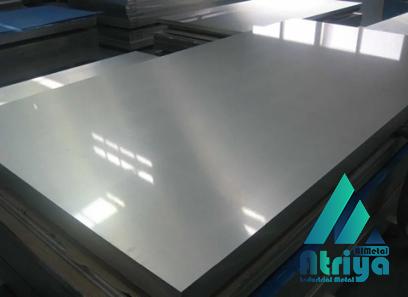Understanding the Differences In the world of metalworking, there are two primary methods used to produce steel sheets with different mechanical properties: hot rolling and cold rolling. Both techniques play a crucial role in the manufacturing of various products, but understanding the differences in strength between hot rolled and cold rolled steel is key to making the right choice for your project. In this article, we will delve into the characteristics and benefits of each method to provide a comprehensive understanding of their respective strengths. Hot rolling is a process that involves heating the steel above its recrystallization temperature and then passing it through a series of rollers to shape it into a desired form. This technique is known for producing steel with larger grains, which contribute to its enhanced toughness and overall strength. Hot rolled steel is typically found in industries where strength and durability are critical, such as construction, shipbuilding, and automotive manufacturing.

.
 In contrast, cold rolling involves the deformation of steel below its recrystallization temperature, which gives it a smoother surface finish and tighter dimensional tolerances. By subjecting the steel to lower temperatures, cold rolling helps in refining the microstructure of the metal, resulting in improved strength and hardness. Cold rolled steel is commonly used in applications that require precise dimensions and a polished appearance, such as appliances, electrical components, and furniture. When evaluating the strength of hot rolled vs cold rolled steel, it’s crucial to consider the intended use of the product. Hot rolled steel is renowned for its impressive tensile strength, making it suitable for heavy and load-bearing structures. Its ability to withstand high pressure and resist deformation makes it a preferred choice for constructing beams, railroad tracks, and bridges.
In contrast, cold rolling involves the deformation of steel below its recrystallization temperature, which gives it a smoother surface finish and tighter dimensional tolerances. By subjecting the steel to lower temperatures, cold rolling helps in refining the microstructure of the metal, resulting in improved strength and hardness. Cold rolled steel is commonly used in applications that require precise dimensions and a polished appearance, such as appliances, electrical components, and furniture. When evaluating the strength of hot rolled vs cold rolled steel, it’s crucial to consider the intended use of the product. Hot rolled steel is renowned for its impressive tensile strength, making it suitable for heavy and load-bearing structures. Its ability to withstand high pressure and resist deformation makes it a preferred choice for constructing beams, railroad tracks, and bridges.
..
 Additionally, hot rolled steel offers advantageous properties in terms of weldability and machinability, making it easier to fabricate and manipulate as required. Cold rolled steel, on the other hand, is not as strong as its hot rolled counterpart but possesses excellent formability and workability. It excels in applications that prioritize precision and surface quality, where its enhanced tensile and yield strength is sufficient for the intended purpose. Cold rolled steel finds extensive use in the production of automotive components, panels, and appliances where a smooth finish and dimensional accuracy are paramount. While the inherent strength of each type of steel varies, it’s important to note that strength alone should not be the sole criterion for choosing between hot rolled and cold rolled steel.
Additionally, hot rolled steel offers advantageous properties in terms of weldability and machinability, making it easier to fabricate and manipulate as required. Cold rolled steel, on the other hand, is not as strong as its hot rolled counterpart but possesses excellent formability and workability. It excels in applications that prioritize precision and surface quality, where its enhanced tensile and yield strength is sufficient for the intended purpose. Cold rolled steel finds extensive use in the production of automotive components, panels, and appliances where a smooth finish and dimensional accuracy are paramount. While the inherent strength of each type of steel varies, it’s important to note that strength alone should not be the sole criterion for choosing between hot rolled and cold rolled steel.
…
 Other factors like cost, production process, and the specific needs of your project should also be taken into account. It’s worth mentioning that cold rolling is generally more expensive due to additional processing steps involved, which can impact the decision depending on budget constraints. In conclusion, the choice between hot rolled and cold rolled steel relies on the specific requirements of your project. Hot rolled steel offers excellent strength and toughness, suitable for heavy-duty applications, while cold rolled steel boasts outstanding formability and a smoother finish. By understanding the differences in strength and other crucial factors, you can make an informed decision that aligns with your project goals and budget.
Other factors like cost, production process, and the specific needs of your project should also be taken into account. It’s worth mentioning that cold rolling is generally more expensive due to additional processing steps involved, which can impact the decision depending on budget constraints. In conclusion, the choice between hot rolled and cold rolled steel relies on the specific requirements of your project. Hot rolled steel offers excellent strength and toughness, suitable for heavy-duty applications, while cold rolled steel boasts outstanding formability and a smoother finish. By understanding the differences in strength and other crucial factors, you can make an informed decision that aligns with your project goals and budget.











Your comment submitted.